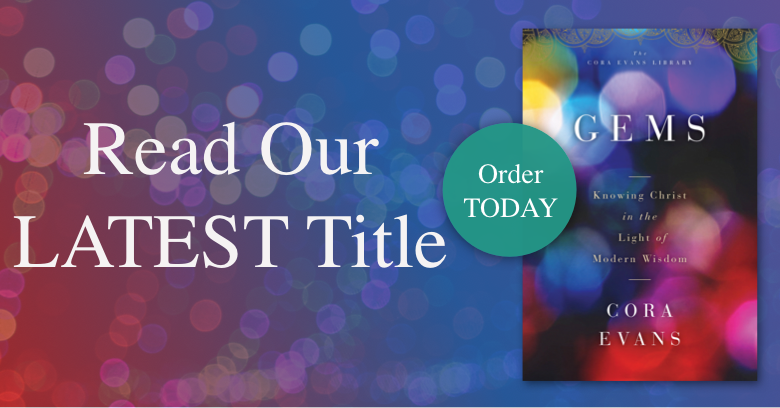
Sara and Justin Kraft
Sacred Scripture Deep Dive: The Psalms
The Bible contains a compilation of books which consist of a variety of types of literature. We are generally more familiar with the “historical” books which form the narrative backbone of the scriptures. The Psalms depart from narrative history and are comprised of poetical writing, most of which are lyrics for Jewish hymns.
In this manner, the Psalms were written by a variety of authors over the course of many years. There are 150 Psalms in total. Many of them were written by King David himself. The Psalms were a prominent part of Jewish worship in ancient Israel. They were used both during temple worship and Jewish festivals and for private devotion.
The Psalms would have provided the backbone of Jesus’s own personal devotion and spiritual formation. So much so, that the words of Psalm 22 are among His final utterances from the cross, “And about three o’clock Jesus cried out in a loud voice, “Eli, Eli, lema sabachthani?” which means, “My God, my God, why have you forsaken me?”” (Matthew 27: 46). This is a direct reference to Psalm 22 which scholars see as a prophecy of the crucifixion because of its aligning themes of mockery and suffering with ultimate vindication.
The Four Types of Psalms
Psalms are generally divided into four types or categories based upon the key theme.
1. Hymns: Psalms which fall in this category were primarily written for liturgical use. Hymns generally follow a 3-fold structure beginning with a call to praise, followed by a recalling of the wonderous acts of God, and ending with a return to praise and request for God’s blessing.
2. Laments: Laments are the most frequent form of Psalm. Laments generally consist of a plea for deliverance. They also usually include praise of God and a statement of the psalmist’s confidence that God will answer the plea. Many also include a vow of worship in gratitude to God’s response. The lament is often individual but may also call to mind the misfortune of the community or nation of Israel.
3. Thanksgiving: These Psalms have a similar structure to both hymns and laments; however, the central theme is always gratitude to God.
4. Royal Psalms: Royal Psalms are characterized by their connection to royal events. They were used in a liturgical manner to augment the celebration of significant events such as the coronation of the king. They often have Messianic themes (which means anointed). They point to the King’s own distinction as set apart by God. In this way, they are often prophetic and point to Jesus as well. For instance, the book of Revelation harkens back to imagery of Psalm 2 when it depicts Jesus ruling with an iron rod.
“I myself have installed my king
on Zion, my holy mountain.”
I will proclaim the decree of the LORD,
he said to me, “You are my son;
today I have begotten you.
Ask it of me,
and I will give you the nations as your inheritance,
and, as your possession, the ends of the earth.
With an iron rod you will shepherd them,
like a potter’s vessel you will shatter them.”
(Psalm 2: 6-9)
“She gave birth to a son, a male child, destined to rule all the nations with an iron rod. Her child was caught up to God and his throne.”
(Revelation 12:5)
Reading the Psalms
There are two key things that we can do to get the most out of reading Psalms. The first is to engage the imagination as we contemplate the descriptive language in Psalms. This means reading it slower than we would read other types of writing. The Psalms are filled with vibrant imagery which is meant to be unfolded by our imagination as we mine the depths of the language. A perfect example occurs in Psalm 1. Read it slowly, picturing the image in your mind as you go.
“Blessed is the man who does not walk
in the counsel of the wicked,
Nor stand in the way of sinners,
nor sit in company with scoffers.
Rather, the law of the LORD is his joy;
and on his law he meditates day and night.
He is like a tree
planted near streams of water,
that yields its fruit in season;
Its leaves never wither;
whatever he does prospers.”
(Psalm 1:1-3)
Secondly, read the Psalms aloud. Recall, the Psalms are actually lyrics. As such, they are meant to be heard. Reading them aloud helps us tap into the poetical nature of the Psalms. This practice can be further enhanced by reading them with a partner in which each of you alternate reading the stanzas. This is how most religious orders pray the Psalms during communal prayer, but it can be practiced the same way within our families.
Read these previous blog posts which focus on psalms:




Comments